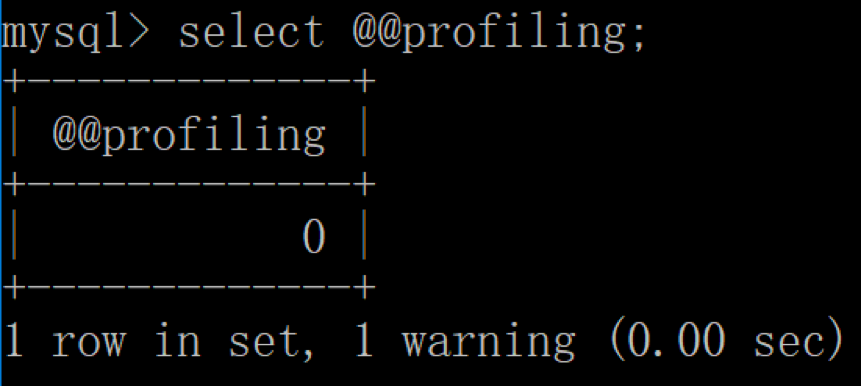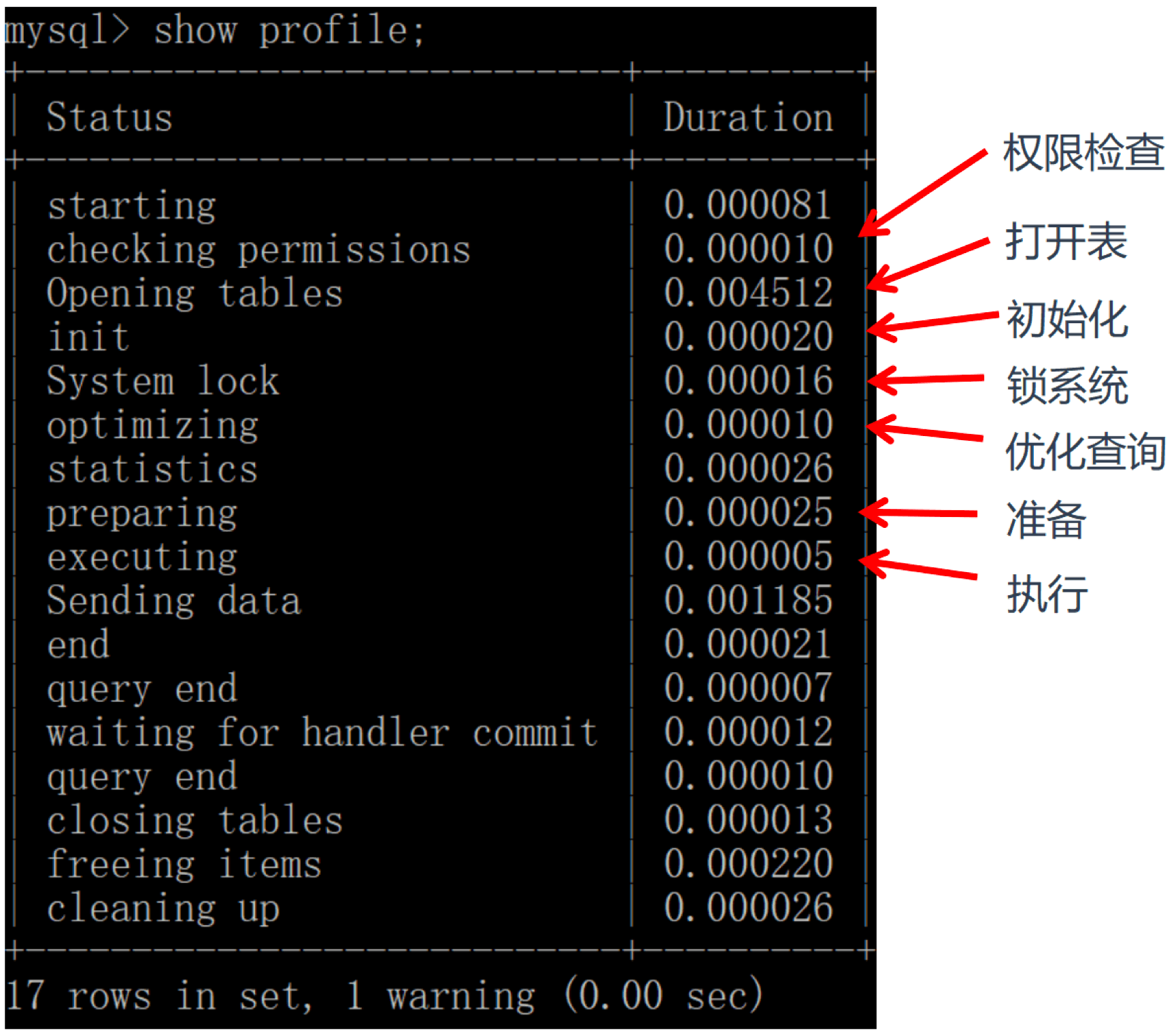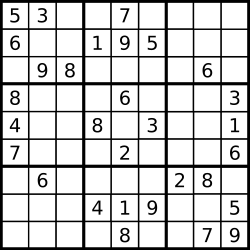ARTS打卡:第十五周
每周完成一个ARTS:
- Algorithm:每周至少做一个 leetcode 的算法题
- Review:阅读并点评至少一篇英文技术文章
- Tip:学习至少一个技术技巧
- Share:分享一篇有观点和思考的技术文章
Algorithm
387. First Unique Character in a String(Easy)
Given a string, find the first non-repeating character in it and return it’s index. If it doesn’t exist, return -1.
Examples:
s = “leetcode”
return 0.s = “loveleetcode”,
return 2.Note: You may assume the string contain only lowercase letters.
题意
给一串字符串,在字符串中找到第一个不重复的字符并返回该字符的下标,若果不存在,则返回 -1。
注意:你可以假设该字符串只包含小写字母。
解题思路(1)
这道题解法其实很简单,可以用暴力破解来做,双重遍历就能找出答案,不过我们作为新时代的好青年,一定是要有追求的😏,我们可以借助散列表,将时间复杂度从 O(n²) 降至 O(n)。
我就不多解释,直接上代码了😝。
代码实现(1)
1 | class Solution { |
运行结果和复杂度分析(1)
结果:Runtime: 38 ms, faster than 38.79% of Java online submissions for First Unique Character in a String.
Memory Usage: 38.1 MB, less than 98.75% of Java online submissions for First Unique Character in a String.
时间复杂度:在最坏的情况下,即不存在无重复的字符,时间复杂度是O(2n),最好的情况下是 O(n),所以时间复杂度位是 O(n)。
空间复杂度:O(n)。
解题思路(2)
解法来源于别人提交记录,题目中有说明,我们可以假设输入的字符串是一串小写字母串,那么就可以从这个角度出发,借助 Java API 来实现,详细思路看代码注释。
代码实现(2)
1 | public int firstUniqChar(String s) { |
运行结果和复杂度分析(2)
Runtime: 1 ms, faster than 100.00% of Java online submissions for First Unique Character in a String.
Memory Usage: 36.6 MB, less than 99.82% of Java online submissions for First Unique Character in a String.
时间复杂度:O(1)
空间复杂度:O(1)
Review
本周阅读:《The Joel Test: 12 Steps to Better Code》
这一篇很老的文章,发行于2000年,不过作者在文章中写到的内容,现在来看还是挺有价值的,值的小伙伴们阅读。
Tip
本周分享从极客时间的《SQL必知必会》专栏中学习到的技巧:
mysql> select @@profiling;:查看profiling是否开启,开启能让MySQL收集在执行SQL时所使用的资源情况profiling = 1表示开启profiling = 0表示关闭
show profilings:查看当前会话产生的所有profilingshow profiling:获取上一次查询的执行时间
Share
本周分享:
- 梁大的文章:《颠覆微服务认知:深入思考微服务的七个主流观点》
- 琦总的文章:《简单的 HTTP 调用,为什么时延这么大?》






























